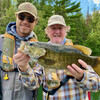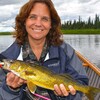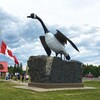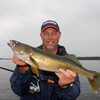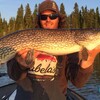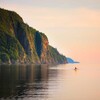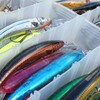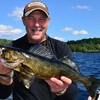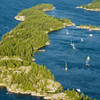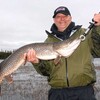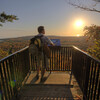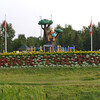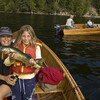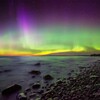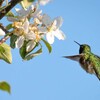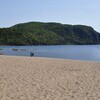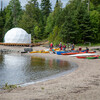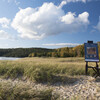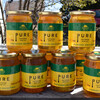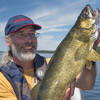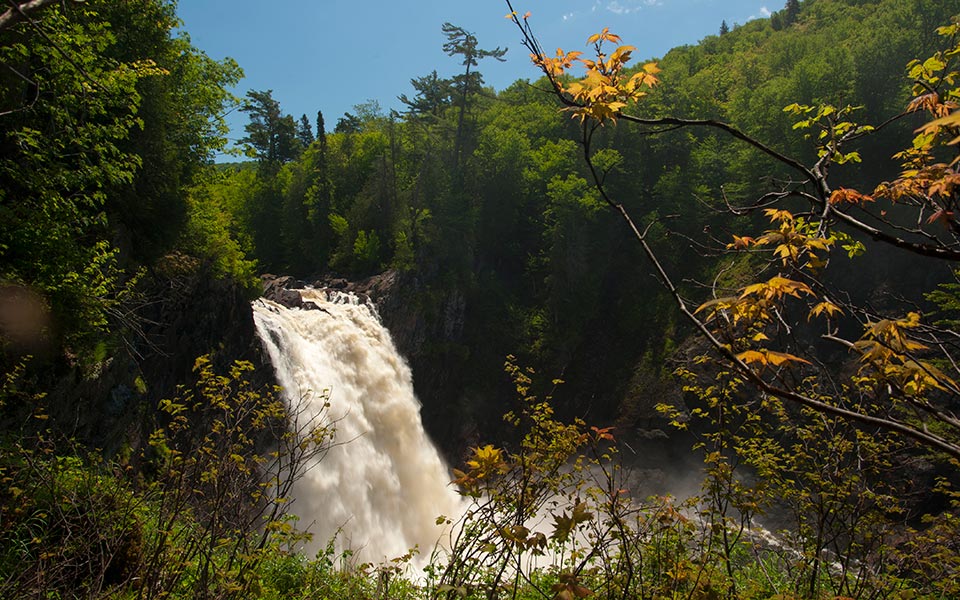
The Allure of Moving Water
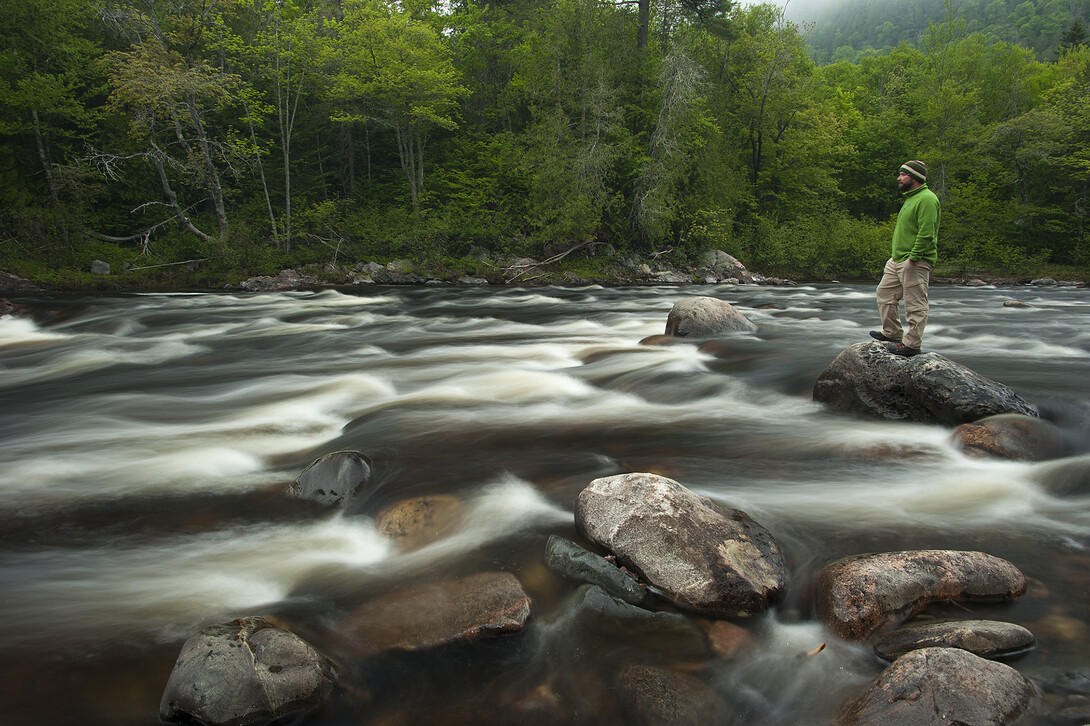
Some of the most captivating wilderness landscapes include the moving waters of falls and rapids. Flanked by Lakes Superior and Huron, and with numerous rivers winding through an undulating wilderness, Algoma Country is a premier location for photographing waterfalls. Here, rivers spill over the cusp of the Canadian Shield and provide multiple opportunities for dramatic shots of moving water. Wise photographers look to Algoma’s mix of rugged topography and volumes of water as a recipe for photographic gold.
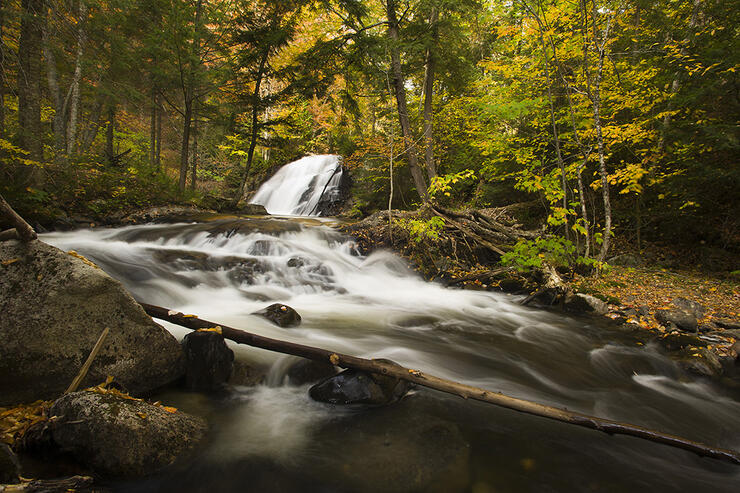
The beauty of outdoor photography is the constantly changing conditions that come with each new season and with each new day. This is especially true for moving water, whose character is dictated by varying water levels. Add coloured leaves and lighting and atmospheric conditions that can change by the minute, and photographers have a lot to work with. Considering all the variables that contribute to the look of an image, opportunities cradled within the Algoma wilderness are infinite.
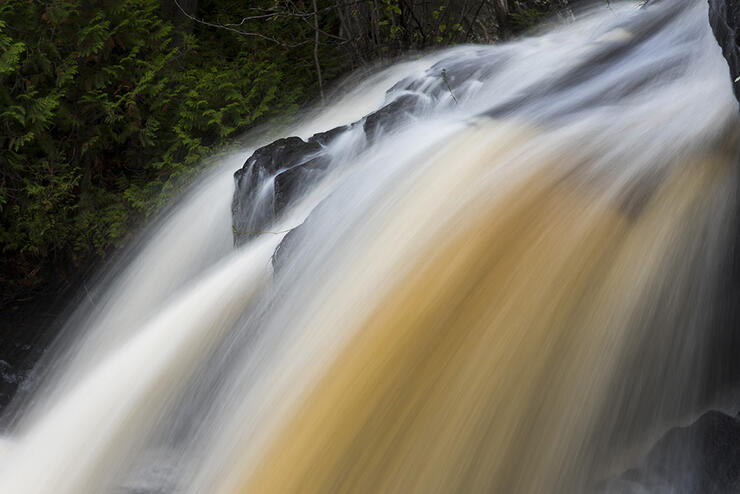
Finding Falls
Dramatic white water photography destinations are found by simply following the TransCanada Highway to well-known falls like those on the Chippewa River, north of Sault Ste. Marie. Others are along well-established hiking trails such as the Pinguisibi Trail in Lake Superior Provincial Park, where we can walk past the extensive cataracts of the Sand River. East of the Sault, off Highway 129, we can follow an easy one-kilometre trail to spectacular Aubrey Falls.
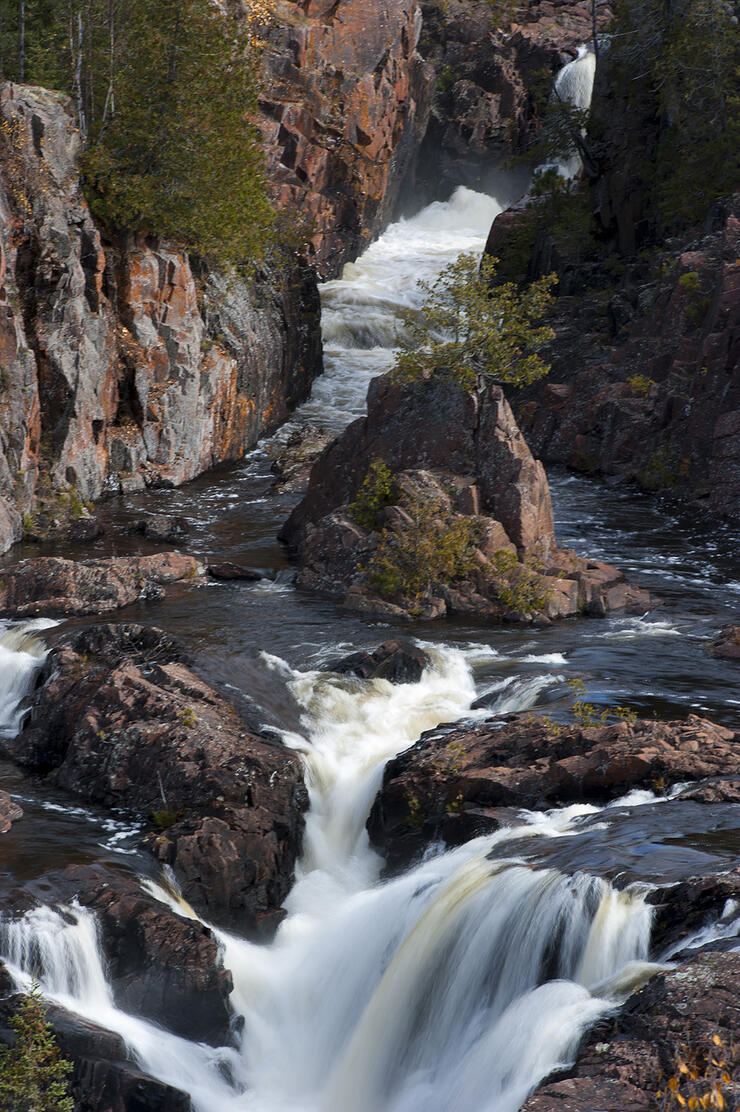
More adventurous photographers can use topographic maps to hike into secluded creeks and rivers to discover seldom-seen falls and rapids that flow over abrupt elevation changes. Similarly, we can paddle the course of Algoma rivers where necessity dictates that we become intimate with all the rapids and falls encountered along the way.
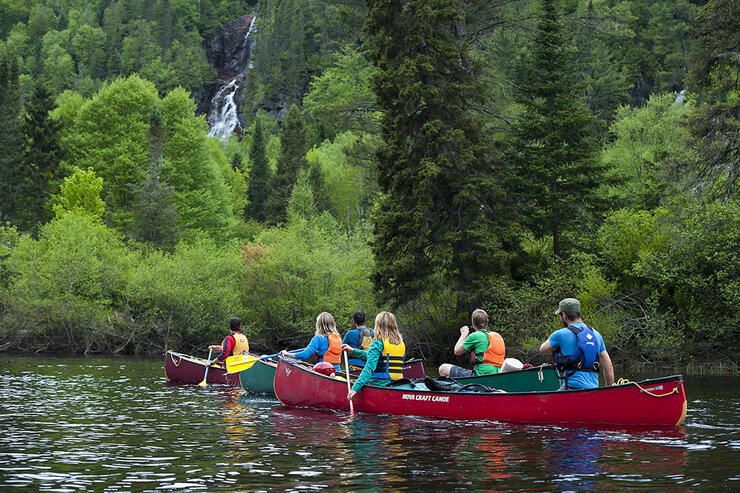
Photographing waterfalls is not confined to the open water seasons. In winter, the smallest seepage issuing from a cliff face can result in a mercurial accumulation of ice for spectacular shots of frozen falls. Sharp-eyed photographers will spot easily accessed winter sites along roads and highways, but the quest for ice falls is also a great excuse to head out on a snowshoe expedition.
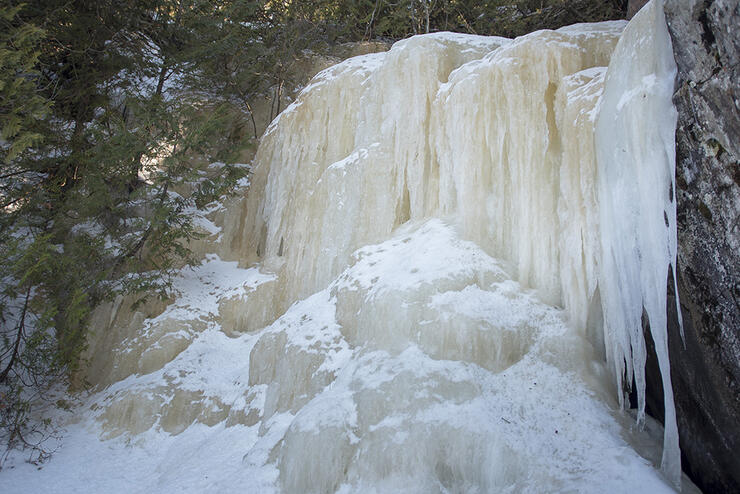
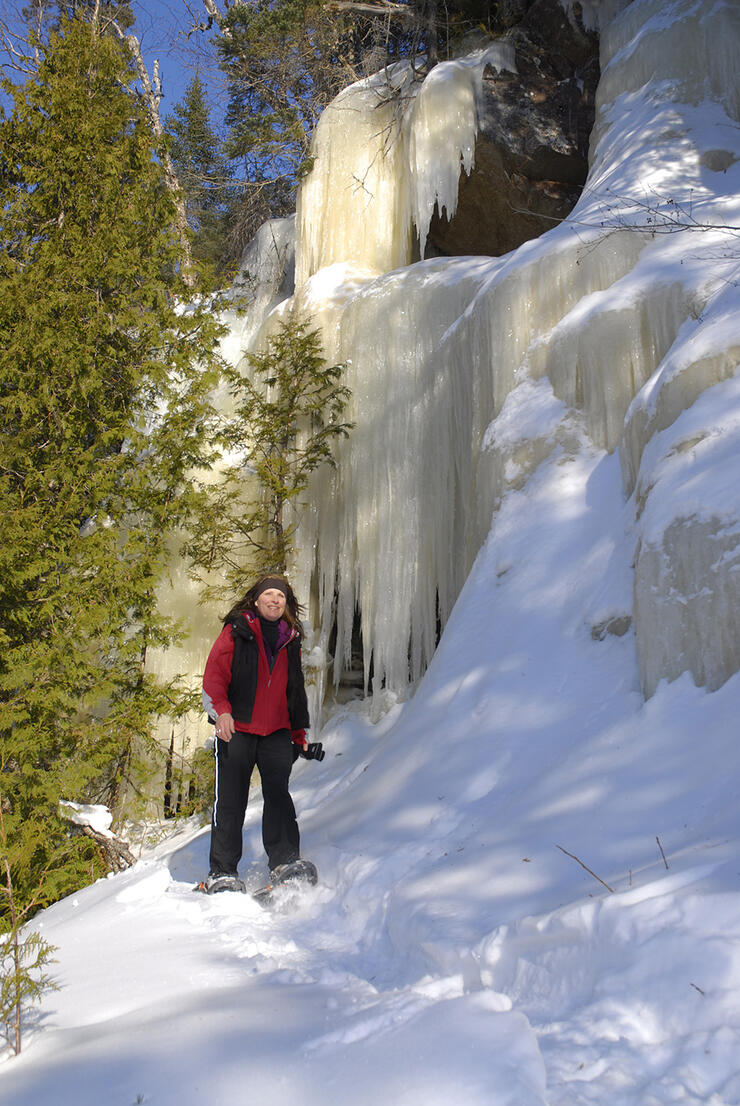
Bring on the Blur
The movement of water can be used to create intriguing images. Simply snapping a picture with our camera on auto can provide satisfying results, but we can step up our game by putting our camera on shutter priority and manually selecting the shutter speed. How long the shutter remains open is the prime variable that controls how moving water will look, whether it’s tiny rivulets, thundering falls, or even the lapping of waves on a lake shore.
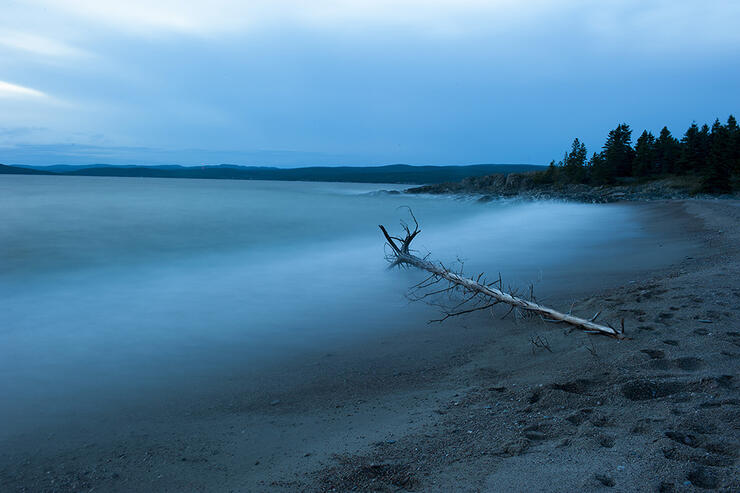
While we can freeze the action with a fast shutter speed, some of the most interesting images are made by blurring moving water with a slow shutter speed. The amount of blur will depend on how long our shutter is open. For instance, a shutter speed of one or two seconds, or more, will result in blurred water that has a silky look to it. However, it is very important to have our camera on a tripod when using slow shutter speeds, so that all the other elements in the scene remain sharp.
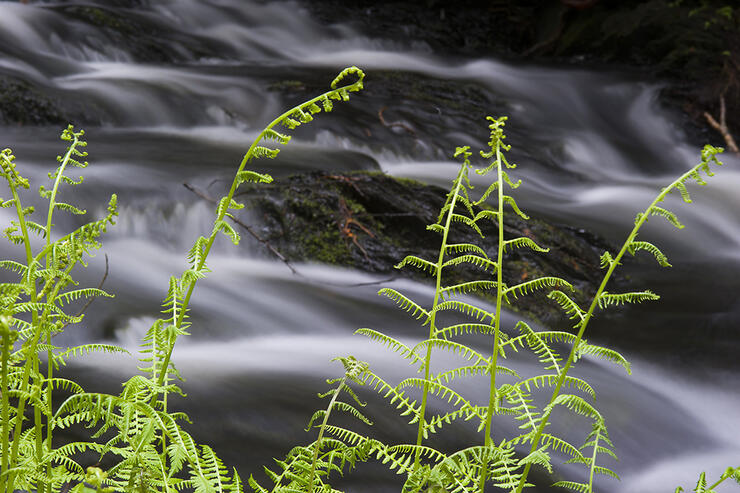
The effect of shutter speed on moving water is a fascinating aspect of photography. Experimenting with a wide range of shutter speeds is a hands-on way to learn how it affects an image and can be used to pinpoint the exposure we are looking for. And when we practice the creative use of shutter speed in the wilds of Algoma, the results can be spectacular.
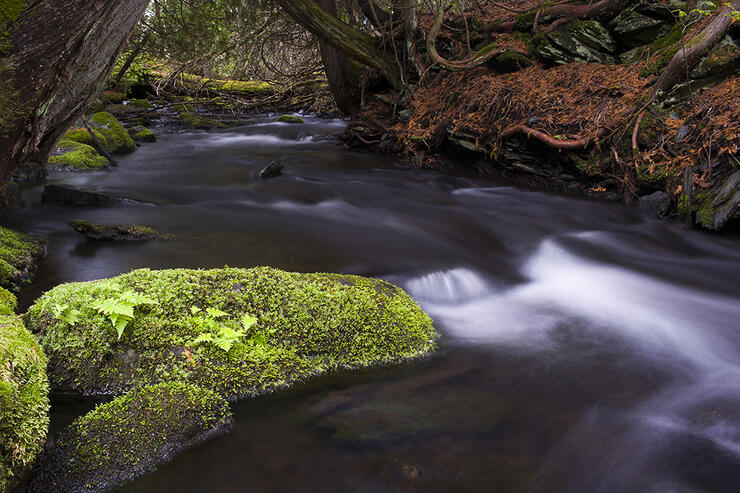
Whether it’s the picturesque little creek at the end of a long hike or a major fall off the Trans Canada Highway, there is no shortage of ingredients for stellar moving water photographs. Yet another reason Algoma is a destination for discovery.
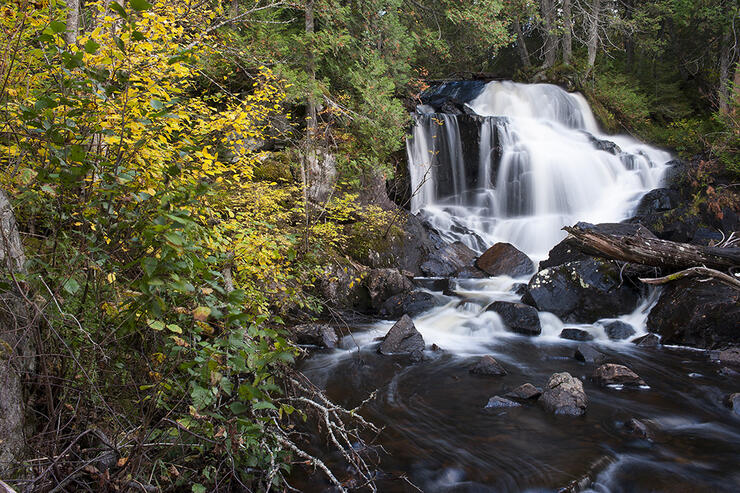
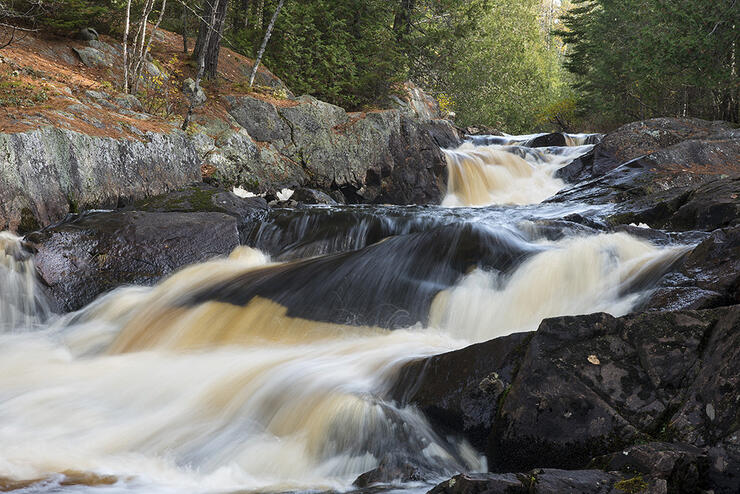
Recommended Articles
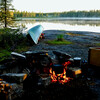
Experience Crown land camping
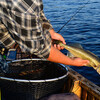
Minnows, Leeches, Nightcrawlers

Ice Cream in Algoma
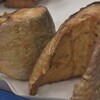
Superior Fish, Proud Family
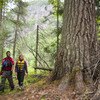
Mosquitoes: They Suck

The Butter Tart
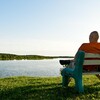
A Lake Huron Road Trip
Impossible to Forget
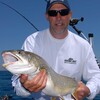
Attractor Trolling for Lake Trout
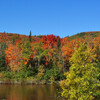
Riding Hwy 129
Trolling and Casting
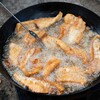
The Best Shore Lunch
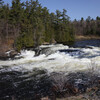
7 Stops Along the North Channel
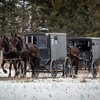
A Trip into the Past
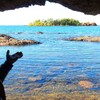
The Lost Harbour
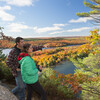
Experience Autumn in Scenic Algoma Country
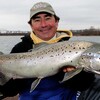
Algoma Chrome
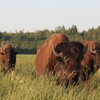
Got Bison?
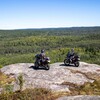
Adventure Biking in Algoma
